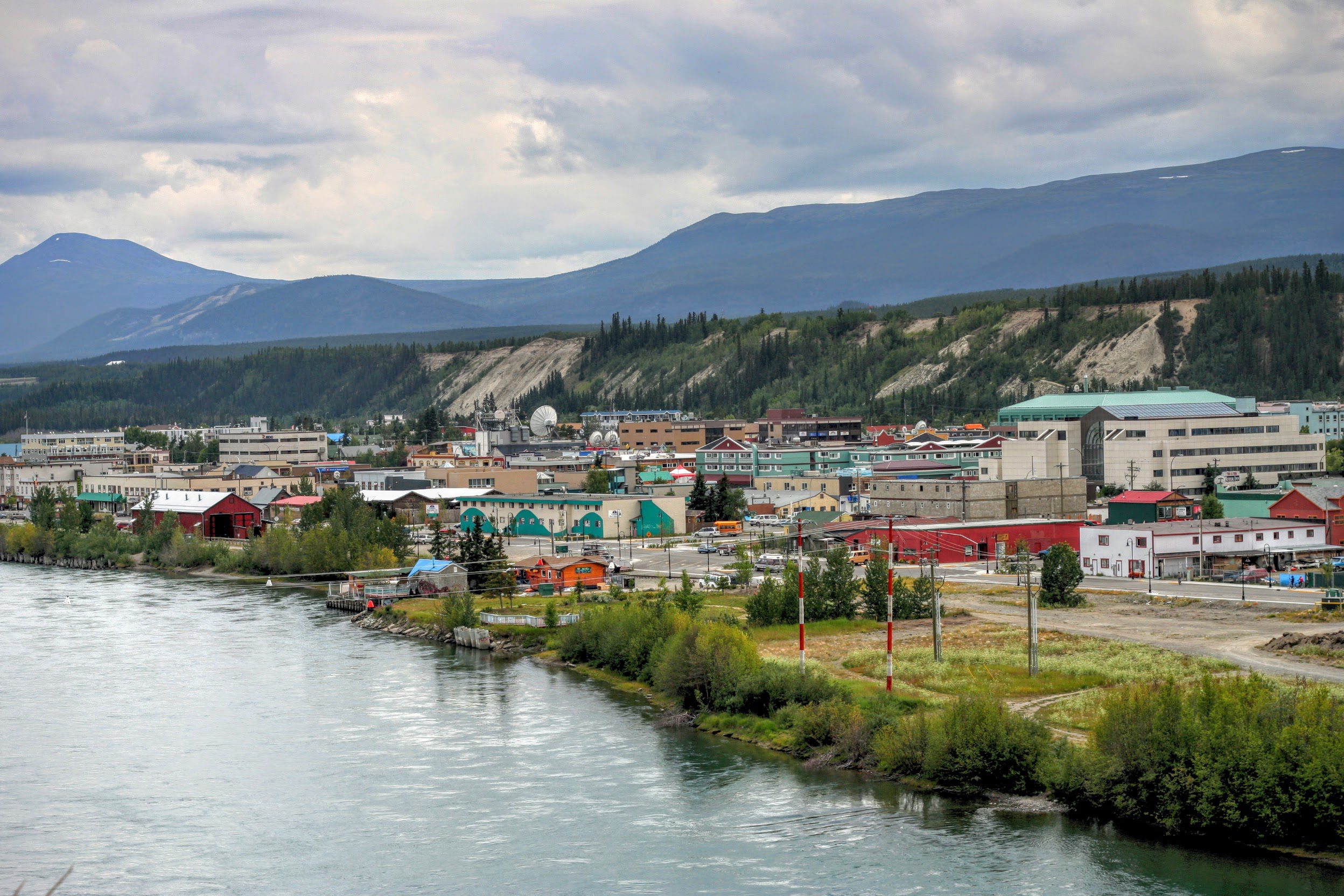Stories North course brings journalism students to Yukon
This story was funded by the J-Source Patreon campaign.
This summer, Raisa Patel learned sometimes the best way to tell stories about underrepresented communities is through silence.
Patel travelled to Whitehorse, Yukon planning to report about programs that help Indigenous women re-discover their culture.
She quickly learned this wasn’t her story to tell.
The meetings were a “safe space for those young girls to learn about their culture without outside observations,” Patel said from Whitehorse.
“I realized that’s a space I don’t belong in, and that’s something I wanted to respect.”
Now, Patel plans to report about how tiny homes can provide much-needed housing for Yukon First Nations. She’s learned what she hoped she would while doing course work in the territory: how to tell stories about Canada’s Indigenous communities with a breadth of understanding.
Patel, who just completed her first year in Carleton’s graduate journalism program, is one of 21 journalism students from the school spending July in the Yukon as part of a special topics journalism course at Carleton, Stories North. Led by Kanina Holmes, an associate journalism professor, students travel the Yukon for a month, learning about its history and reporting on different communities. Students post regular social media updates before completing a final project.
Holmes developed the course, partly, to respond to the Truth and Reconciliation Commission of Canada’s call that all students at media and journalism schools learn about Indigenous history in Canada, including the impact of residential schools and Indigenous-Crown relations. This is the second year the course has run. Holmes is staying in Whitehorse after the students leave, where she’ll be using some of an upcoming teaching sabbatical to research how Stories North could develop in the future. She would like it to become a summer institute that includes additional journalism schools, and perhaps rotates between Canada’s three territories.
Holmes worked for CBC in Whitehorse in the mid-90s and again in the early 2000s before joining the journalism faculty at Carleton. She’d never reported on Indigenous communities before coming to the Yukon, and felt her education didn’t fully prepare her to tell these stories.
“When you’re a reporter, the news cycle dictates that you start the day not knowing a whole lot about the story, and by the end of the day you’re telling a story about it,” she said. That becomes even more challenging when the story is about something “that has such deep roots,” like the history of Indigenous people.
The Yukon provides a unique environment to explore the history and current situation of Indigenous Peoples in Canada with a focus on building positive relationships between Indigenous and non-Indigenous Canadians, Holmes said. Eleven of the Yukon’s 14 First Nations are self-governing.
“The vision of reconciliation (between Indigenous and non-Indigenous people) is one that seems open to partnerships,” she said.
This year’s course focused on connections: between the past and present; people and the environment; and different cultural groups. The students have built their own partnerships. They ran a workshop about video journalism and journalism practices for the community during the annual Atlin Music Festival in Atlin, B.C., a small community in northern British Columbia. Ottawa Citizen reporter Matthew Pearson, who joined Holmes as a co-instructor for part of the course, gave a workshop to Whitehorse journalists about covering traumatic events.
Students also learned from the communities, hearing from families affected by residential schools and First Nations leaders who discussed the impact of the Indian Act.
They’ve also seen joy. At the site of the former Chooutla Indian Residential School in Carcross, a community south of Whitehorse, students learned how community members are learning job skills through the process of cleaning the site up now that the school building is demolished.
The history of Indigenous Peoples in Canada is “invisible” to a lot of Canadians, said Lisa Johnson, another Carleton graduate student. It’s important to know the history and trauma that has contributed to problems Indigenous communities face, she says, but that’s not all there is. Journalists need to “always look for the positive stories because the positive stories are always out there,” said Johnson.
Shanice Pereira, who just completed her third year in the undergraduate journalism program, said Stories North has challenged her to get to know the people she interviews and move beyond her “campus bubble.”
“We can tell a lot of better stories as journalists if we connect,” she said. “If we care about the subject, and we care about the story and we believe that the story needs to be told, then that will come through in the writing. I think that’s how we create better stories as journalists.”
Meagan Gillmore is a freelance journalist in Toronto. She worked at the Yukon News in Whitehorse from July 2012 to August 2013. You can follow her on twitter @meagangillmore.

